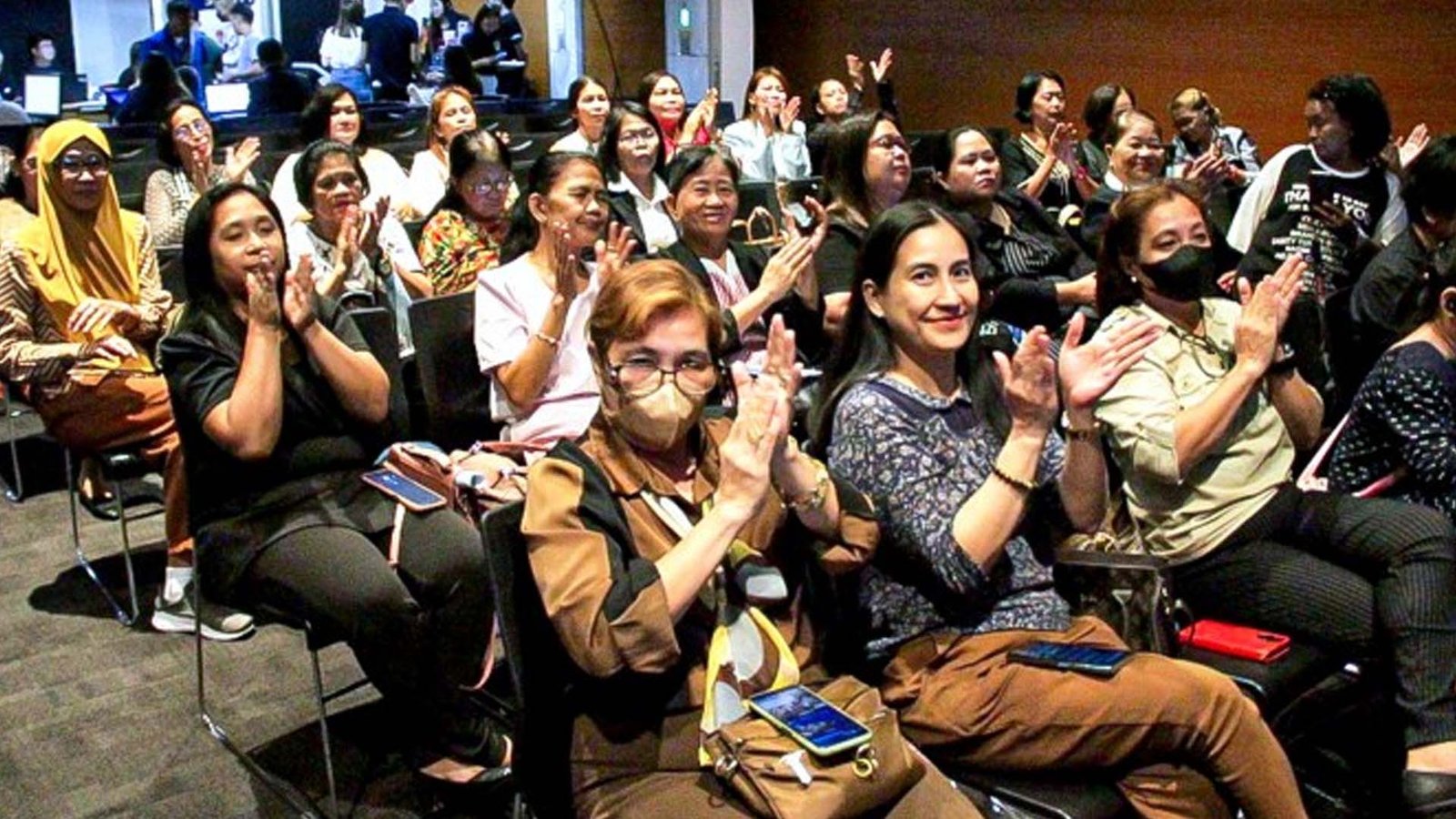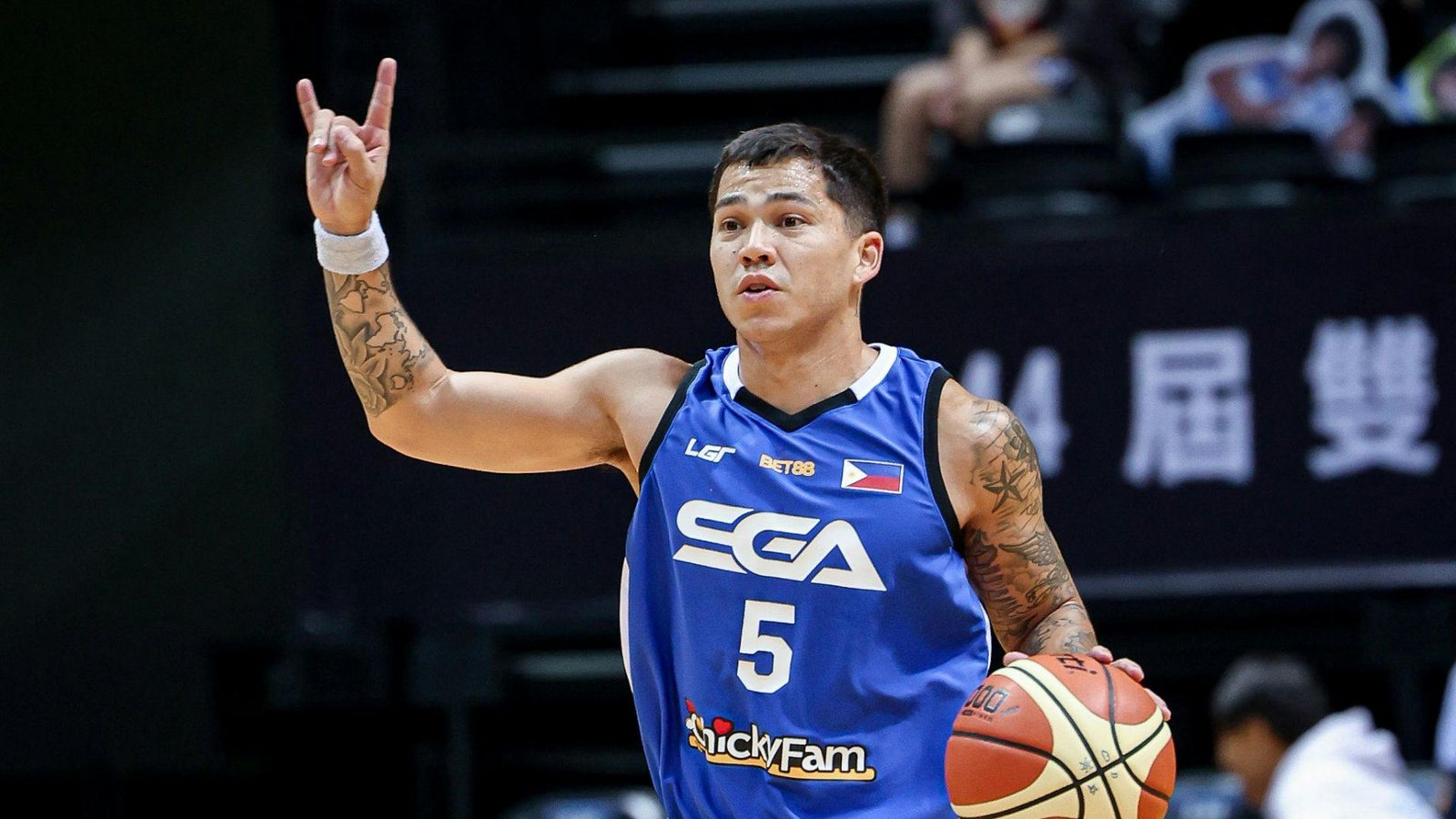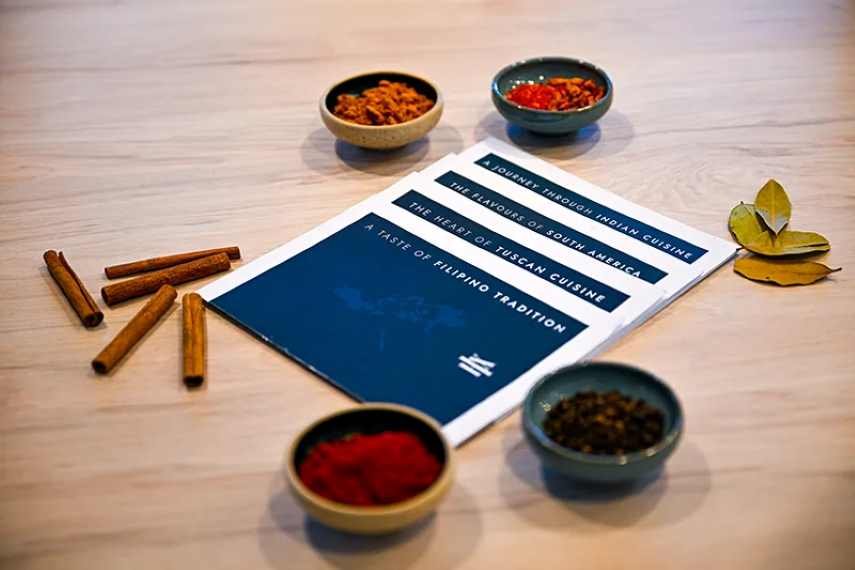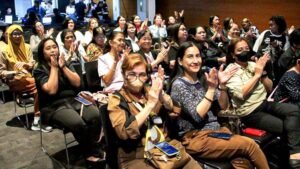The bas-reliefs depict significant moments and sites such as the Tabon Cave Complex in Quezon, Palawan, an important prehistoric habitation site; centuries of trade with Chinese merchants; and the arrival of Islam in the archipelago. Other scenes include the first recorded Catholic Mass in the Philippines in 1521, believed to have occurred on Easter Sunday at Limasawa Island, Southern Leyte; the blood compact between Rajah Sikatuna and Miguel López de Legazpi in Loay, Bohol; the martyrdom of the three priests collectively known as Gomburza; Katipunan initiation rites; the Flames of the Revolution; and the Proclamation of Independence from Spain in 1898.
Rounding out this historical narratives are depictions of General Gregorio del Pilar at Tirad Pass; the Malolos Congress; the arrival of the Thomasites; the return of General Douglas MacArthur during World War II; the People Power Revolution of 1986; and a portrayal of Malacañan Palace, likely symbolizing Philippine sovereignty and nationhood.
In addition to these historical artworks, the museum’s collection includes cultural artifacts such as a 1936 embroidered piña dress gifted by former First Lady Aurora Aragon Quezon to a certain Ann Schinzi, along with a barong Tagalog, saya, and other ephemera.
The museum also features paintings, including a replica of Juan Luna’s iconic Spoliarium. Filipino heroes Dr. José Rizal and Andres Bonifacio are likewise honored through artworks and related memorabilia.











